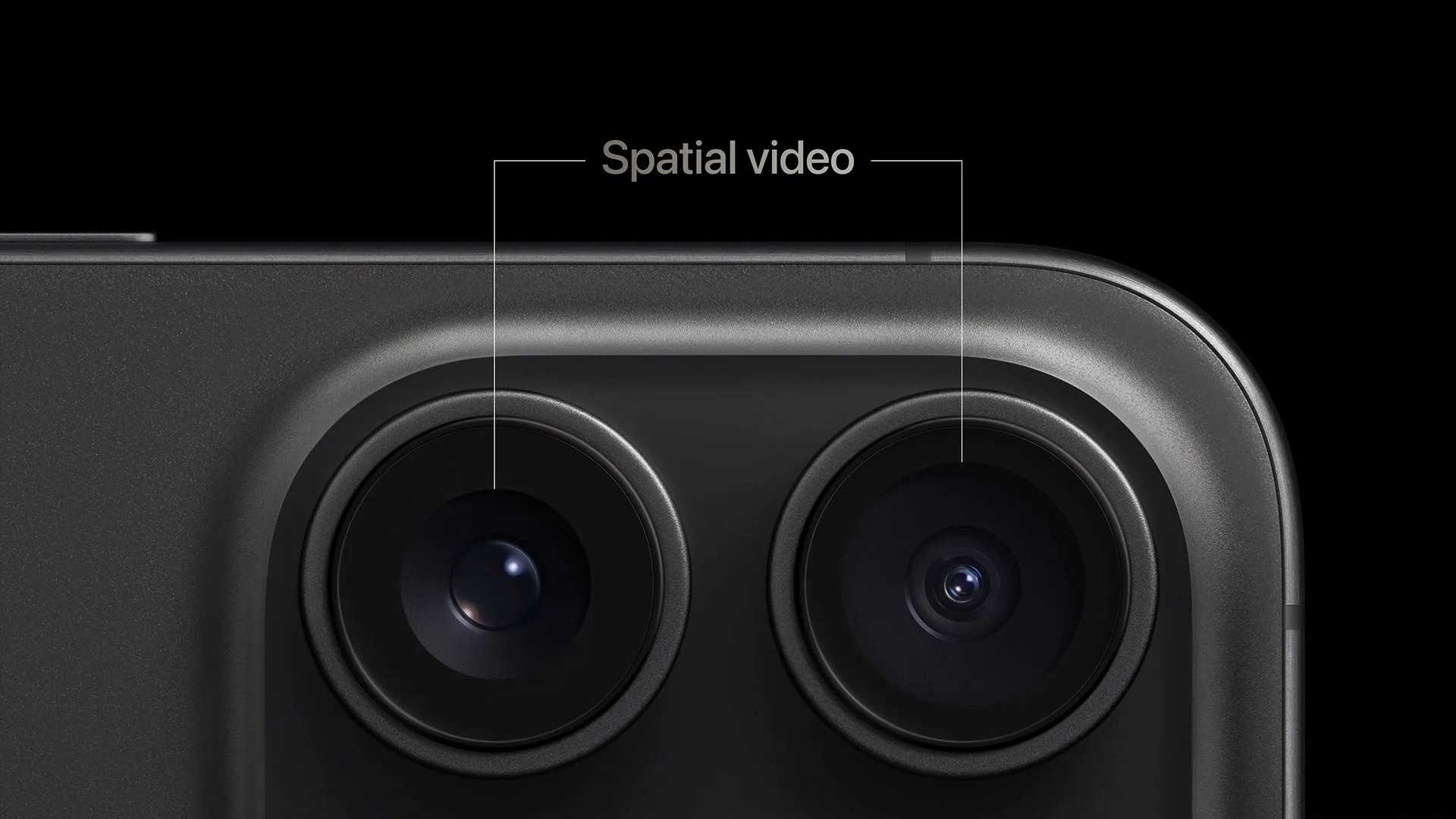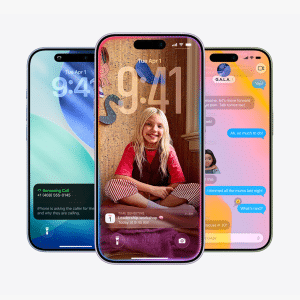When comparing the iPhone 14 Pro vs iPhone 16 Pro, there is a notable evolution in design. The iPhone 16 Pro is expected to refine the Dynamic Island concept further with a smaller and more streamlined integration. Additionally, rumors suggest that Apple may reduce the bezels and introduce a slightly slimmer profile, making the iPhone 16 Pro even more comfortable to hold and use.
Both models share a commitment to premium materials, but the iPhone 16 Pro could introduce a new titanium frame option for increased strength and lighter weight. This shift to titanium would offer improved scratch resistance and overall durability, adding a layer of luxury to the device.
Display Technology
Display on the iPhone 14 Pro
The iPhone 14 Pro’s display was a standout feature, with its 6.1-inch Super Retina XDR display offering incredible color accuracy, deep blacks, and impressive HDR support. With a 120Hz ProMotion refresh rate, users enjoyed smooth scrolling and enhanced responsiveness across various apps and tasks.
Display on the iPhone 16 Pro
In a closer look at the iPhone 14 Pro vs iPhone 16 Pro, the latter is expected to bring significant display advancements. The iPhone 16 Pro may feature an upgraded Super Retina XDR OLED display with enhanced brightness levels, providing better visibility in bright sunlight. The ProMotion technology is expected to remain, with a potential boost to adaptive refresh rates, possibly ranging from 1Hz to 120Hz for better battery efficiency.
One of the most anticipated features is the rumored introduction of an under-display Face ID sensor on the iPhone 16 Pro. This would mark a significant shift in display technology and aesthetics, creating a more seamless viewing experience by eliminating the need for a notch or Dynamic Island.
Performance and Hardware
The Power Behind the iPhone 14 Pro
The iPhone 14 Pro is powered by the A16 Bionic chip, a 6-core CPU and 5-core GPU powerhouse that delivers impressive speed and energy efficiency. This chip provides excellent performance for gaming, multitasking, and running demanding apps, and it features a 16-core Neural Engine that accelerates machine learning tasks.
What to Expect from the iPhone 16 Pro
For the iPhone 14 Pro vs iPhone 16 Pro comparison, the new A18 Bionic chip in the iPhone 16 Pro is expected to set a new benchmark for mobile processing power. Built on a 3-nanometer process, the A18 Bionic chip promises faster performance, improved graphics, and better energy efficiency than the A16 Bionic. This leap in processing capability could result in even smoother gaming experiences, quicker app launches, and enhanced AI-driven tasks.
Rumors suggest that the iPhone 16 Pro might come with an increased RAM capacity of 10GB, compared to the 6GB found in the iPhone 14 Pro. This increase could lead to better multitasking and more robust performance in resource-intensive apps. Storage options are expected to remain the same, with configurations starting from 128GB and going up to 1TB.
Camera Capabilities
The iPhone 14 Pro introduced a new 48MP main camera sensor, providing enhanced detail and improved low-light performance. The ProRAW mode, Night Mode, and advanced computational photography features like Deep Fusion were key selling points, making it one of the best camera phones on the market at the time.
In the comparison of iPhone 14 Pro vs iPhone 16 Pro, the latter is expected to take camera performance to the next level. The iPhone 16 Pro is rumored to feature a 48MP sensor with an even larger aperture, improved optical image stabilization, and enhanced telephoto and ultra-wide lenses. These enhancements will provide better zoom capabilities and superior low-light performance.
Additionally, a new periscope lens may be introduced for the first time in an iPhone, offering up to 10x optical zoom. This would significantly improve the camera’s versatility, making it a powerful tool for photographers and videographers.
For video enthusiasts, the iPhone 16 Pro might introduce 8K video recording, providing higher resolution and more detailed videos. Improvements in cinematic mode, ProRes support, and better stabilization could make the iPhone 16 Pro a preferred choice for content creators looking to capture high-quality footage on the go.

Battery Life and Charging
The iPhone 14 Pro offered a solid battery life, typically lasting a full day with moderate to heavy use. With support for MagSafe and 20W fast charging, users could quickly recharge their devices when needed.
The iPhone 14 Pro vs iPhone 16 Pro debate on battery life could see a significant shift with the new model. The iPhone 16 Pro is expected to feature a larger battery capacity, coupled with the more energy-efficient A18 Bionic chip, resulting in even longer battery life. Faster wired charging, potentially up to 30W, and improved MagSafe technology could further enhance the overall charging experience.
Software and User Experience
Both the iPhone 14 Pro and iPhone 16 Pro run on iOS, but the latter will debut with iOS 18, bringing a host of new features and optimizations tailored to take advantage of the A18 Bionic chip and advanced hardware. Expect features like enhanced multitasking, refined widgets, and improved privacy controls that add depth to the user experience.
With each iteration, Apple strives to make its devices work seamlessly together. The iPhone 14 Pro vs iPhone 16 Pro comparison showcases Apple’s continued focus on creating a cohesive network experience, where users can switch between devices without missing a beat. Features like Universal Control, AirDrop, and Handoff will likely be enhanced on the iPhone 16 Pro.
When launched, the iPhone 14 Pro had a starting price of $999, going up to $1,499 for the 1TB model. Despite its premium pricing, the iPhone 14 Pro offered great value for those looking for a high-performance smartphone with an exceptional camera and display.
The iPhone 16 Pro is expected to follow a similar pricing structure, starting around $1,099. However, with all the rumored upgrades, it could provide even more value to users, especially those interested in the latest camera technology, display advancements, and processing power.
When comparing the iPhone 14 Pro vs iPhone 16 Pro, it’s clear that the iPhone 16 Pro offers substantial upgrades in nearly every aspect, from design and display to performance and camera capabilities. For those considering an upgrade or making the switch to an iPhone for the first time, the iPhone 16 Pro is poised to deliver a cutting-edge experience that stands out in the smartphone market.












